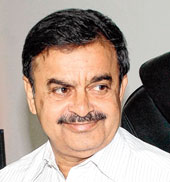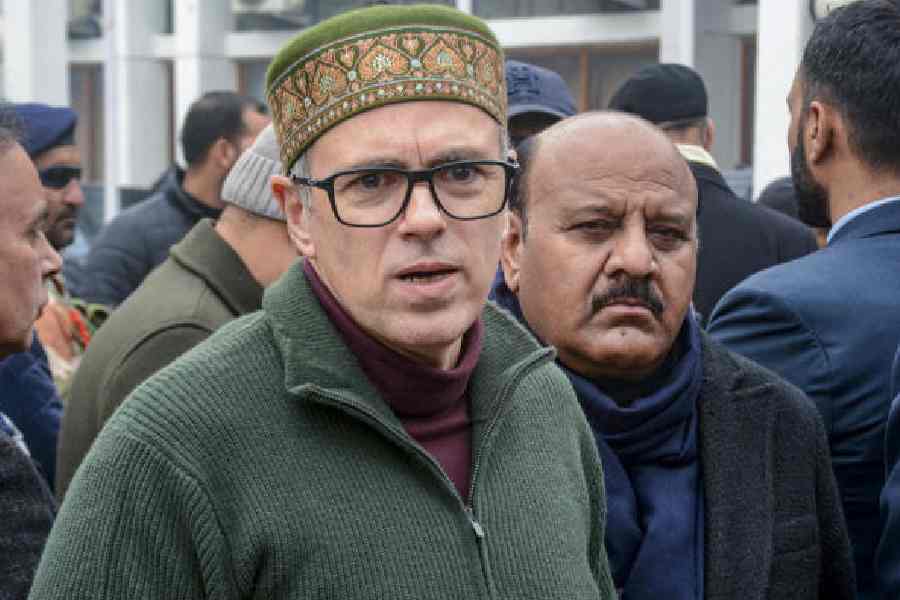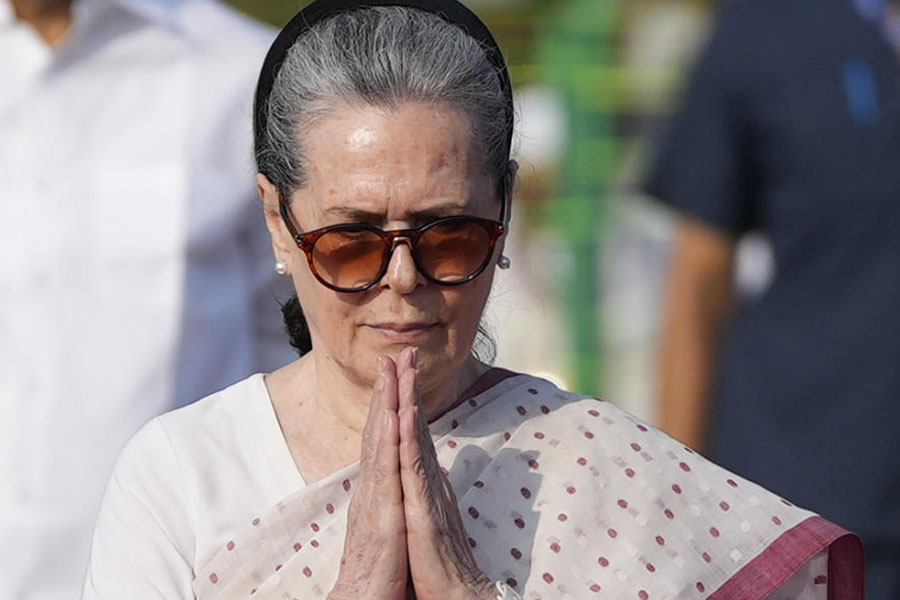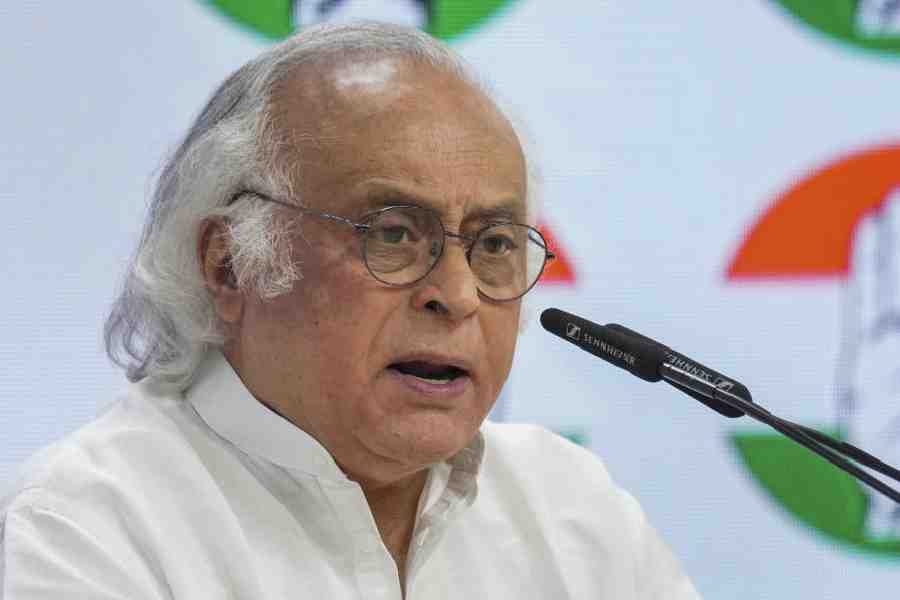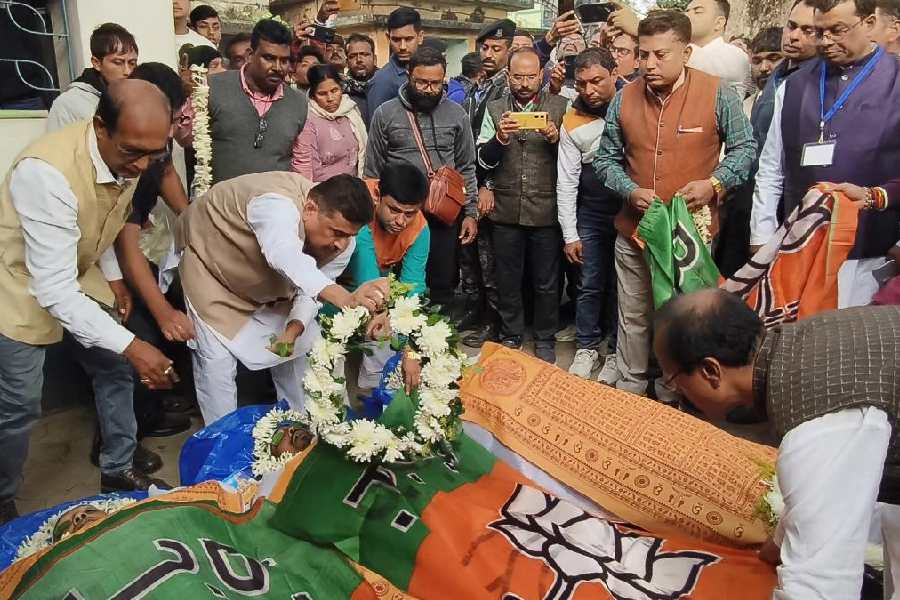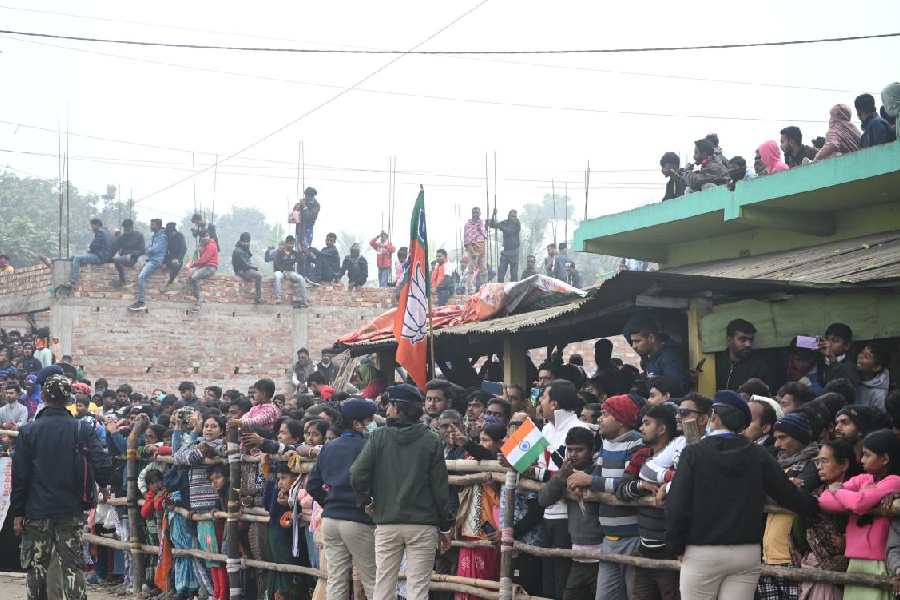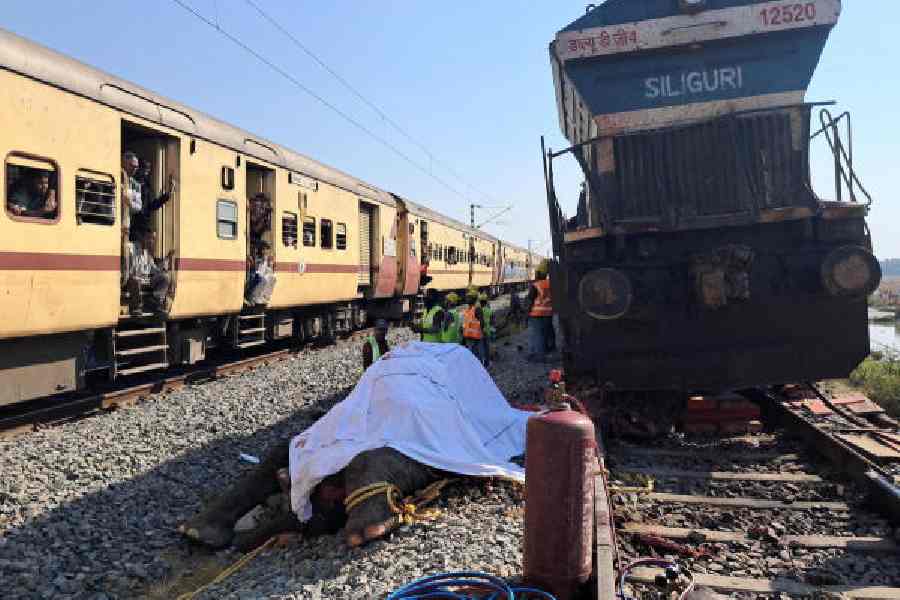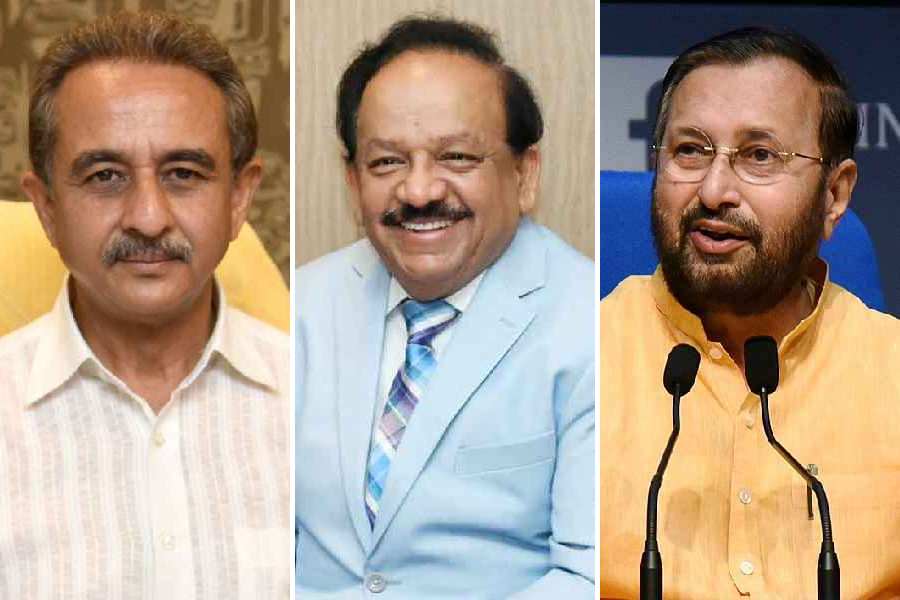 |
| DGP Abhayanand |
Patna, April 24: Not all police teams visiting Bihar from other states are scouting for fugitives accused of rape. Some are also here to learn a thing or two about policing.
For long known for its lawlessness, or jungle raj, organised crimes like kidnappings for ransom, road robberies and bank dacoities, the state is increasingly receiving kudos for its high conviction and dwindling crime rates. Last month, top police officials from all states met and passed a resolution to adopt the Bihar police model of scientific investigations and speedy trial in their respective states.
The brain
The brain behind the innovations, Bihar police chief Abhayanand, was recently requested by other states to train their police while attending seminars in those states.
Abhayanand introduced innovative methods, like scientific probes, soon after being appointed additional director-general of police in 2006. Within a year, over 16,000 criminals were convicted in Arms Act cases through speedy trials. But the process slowed down after that, regaining momentum only after he became police chief in 2011.
Since 2006, over 80,000 criminals have been convicted. Of these, 12,600 have been sentenced for life and 150 awarded death sentence by different courts across the state.
This high conviction rate has led to a sharp decline in serious reported (SR) cases and organised crimes. Since 2006, the number of murders has dropped by 13 per cent, robberies by 46 per cent and kidnappings for ransom by 65 per cent.
To lay emphasis on scientific investigations, the DGP coined a new slogan, “Bayaan se vigyan ki ore”, from statement to science, i.e. scientific evidence. That has almost become like the Bihar police’s motto now.
The method
In order to translate his vision into reality, Abhayanand equipped the state forensic science laboratory with facilities for voice-spectrography (to identify voices in tapes), histopathology (in which microscopy helps clarify cause of death in suspected murder cases) and DNA-testing and appointed trained personnel for the same. “Nobody was earlier aware of such equipment and their use in investigating criminal cases,” Abhayanand told The Telegraph.
On the directive of the police headquarters, mobile forensic science laboratory (FSL) teams were stationed at the divisional headquarters and in some important districts. The FSL personnel reach the spot soon after receiving information from the police station concerned, collect samples and send them to the state FSL. “In certain cases, experts from the state FSL visit the spot and gather samples,” the DGP said.
The idea of deploying mobile FSL teams has been received well. “Now, people wait for the FSL team and take care to ensure evidences are not tampered with,” he said, adding that it has benefited both the people and the police.
The forensic teams visit the spot, collect evidence and give their opinion. This helps police identify the suspect and book only those involved. This way in most cases only the real culprits are caught and prosecuted; innocents are not harassed on the pretext of probe.
“Our main objective is to get the perpetrators of crime punished by a court of law and send a message that they would not remain out of the long arm of the law for long,” the police chief said.
To drive home his point, Abhayanand said that in several cases, scientific investigation not only helped pin the real culprits, but also release innocents who were falsely implicated and arrested.
For example, one Lambodar Singh of Partho village under Pipra police station in Patna district was arrested in connection with a murder case. He was one of four people named as an accused for the murder of Umesh Mahto alias Nipal Mahto in March 2012. But investigating officer Sunil Kumar found that Lambodar had no role in the murder.
Two pellets were recovered from Mahto’s body during post-mortem. The I.O. prepared a list of arms licence holders in the area and shortlisted a few. Subsequently, the licensed revolver of one Ajay Kumar was seized and dispatched to the FSL. Tests confirmed that the pellets lodged in Mahto’s body were fired from Ajay’s weapon.
“The FSL report confirmed the involvement of Ajay, who had killed Nipal Mahto to avenge the murder of his father Rajendra Singh and associate Arvind Singh about six years ago,” the DGP said.
Subsequently, Ajay and his cousins Anil, Rinku and Umesh Thakur were arrested and they confessed to the crime. Lambodar Singh was released.
Similar cases have been reported from Saharsa, Supaul, Banka, Sheikhpura and Samastipur districts where innocent persons, earlier charged with murder and kidnapping, were later acquitted on the basis of scientific investigation. “This has helped restore the state police’s credentials. Now, the people have faith in the state police, evident from the falling demand from public for CBI probe of criminal cases,” Abhayanand said. Demands for the visit of forensic teams are now pouring in even from remote areas of the state like Kishanganj, Purnea, Supaul, Sheikhpura and Banka districts.
Emboldened by the success of speedy trials, the Bihar police have now initiated the process of cancelling bail of habitual offenders, who sometime take to crime soon after release on bail. So far, Patna High Court has cancelled the bail of 10 such offenders. Showcause notices have been served on 250 others, the DGP said.
More benefits of scientific investigations will follow, the police chief says. “This is just the beginning of a new era,” for which he credited chief minister Nitish Kumar. “This would not have been possible without the chief minister’s support and guidance,” he told The Telegraph.
The learners
For some time now, many states have been trying to emulate the model.
An IPS officer from Uttar Pradesh was recently in Bihar’s Nalanda district to learn the secret behind Bihar’s high conviction rate. During his three-day stay in the Nalanda district headquarters of Biharsharif, Upendra Agarwal visited Town and Laheri police stations, studied the method of collecting evidence in criminal cases and trial proceedings in the local court. The Lucknow state police headquarters SP was surprised to see the police encouraging witnesses to testify — right from providing them transportation facility to giving them security. Even the accused is presented in court under police escort. SPs of the concerned district have to ensure production of the accused in court on the scheduled dates.
Another first was seeing his batchmate Nishant Kumar Tiwary holding regular discussions with the public prosecutor and assistant public prosecutors to get feedback about the day’s developments in court. In fact, even the role of public and assistant public prosecutors is under surveillance and they are provided security to ensure they are not harassed by influential accused.
On the police headquarters’ persuasion, fast track courts were set up to speed up trials. Senior officials monitor the trial on a regular basis.
Thanks to these courts, some 80,116 suspects have been convicted in the state till March 2013. The drive was launched in January 2006. An officer of deputy SP rank tracks day-to-day developments in these courts.
Agarwal, sent to study the Bihar model by the additional director-general of police (law and order) in Uttar Pradesh, carried back with him copies of some case diaries and chargesheets filed in respective courts by officials of the two police stations in Nalanda.
Before going back, he told Bihar police chief Abhayanand: “Sir, I am surprised to see there is no written order from the police headquarters so far as scientific investigation is concerned. In contrast, in UP, the state cadre I belong to, the offices of the SPs are filled with bundles of written directives issued from time to time on maintenance of law and order in the state.”
Agarwal’s is not an isolated case. Before him, a senior IPS officer from Jammu and Kashmir, Abdul Gani Mir, was in Bihar, on the instructions of J&K DGP Ashok Prasad, to study how Bihar police ensures speedy trial.
Mir had called up a Bihar cadre officer Raveendran Sankaran in January to know about the innovative methods of investigation Bihar police employed. Sankaran, deputy inspector-general (human rights and legal affairs), explained to him over phone how, in Bihar, criminals were arrested on the basis of evidence. Mere statements from witnesses won’t do.
Mir, a 1994 batch officer, was earlier under the Bihar cadre and served as Jehanabad SP before his cadre was changed to Jammu and Kashmir.
A month after talking to Sankaran over phone, Mir visited Bihar to attend the 43rd All India Police Science Congress in Patna in February. He met Sankaran after that to hear about the Bihar model.
Top police officials from Jharkhand and Assam, too, have contacted Bihar police in this regard.

